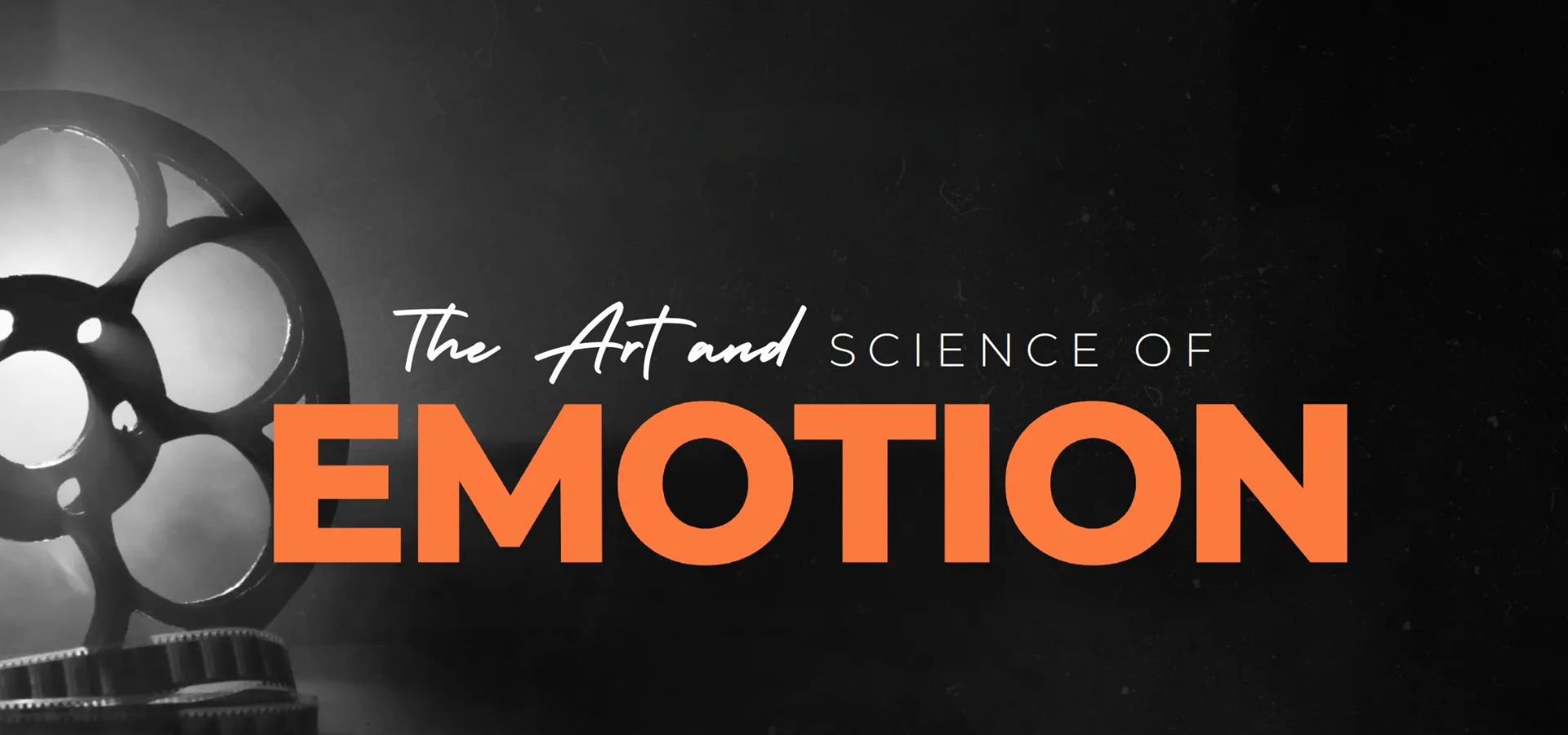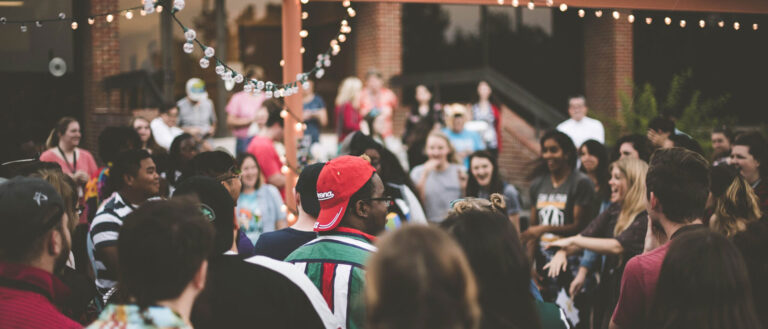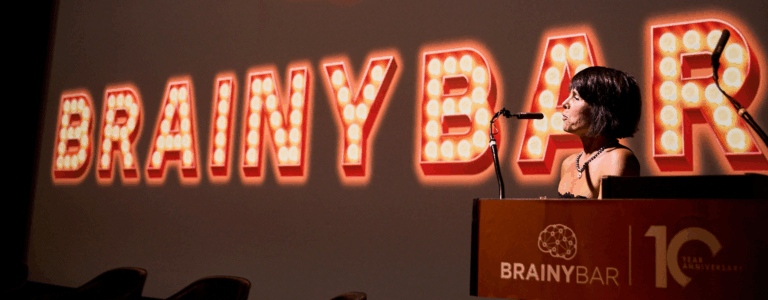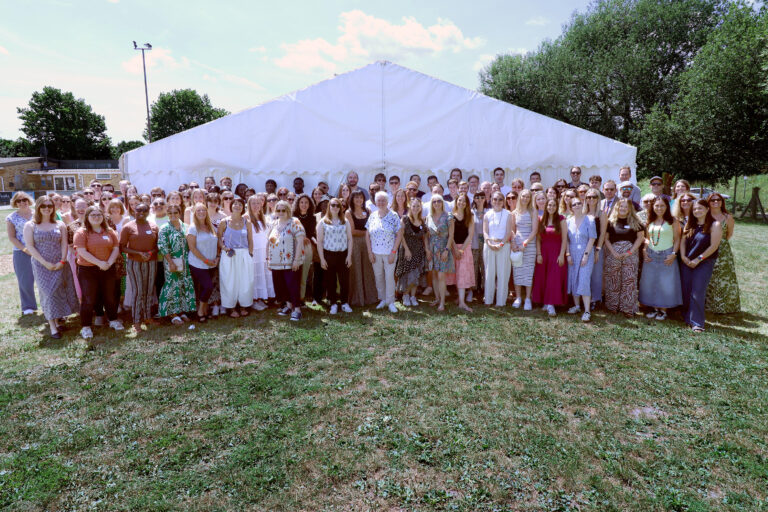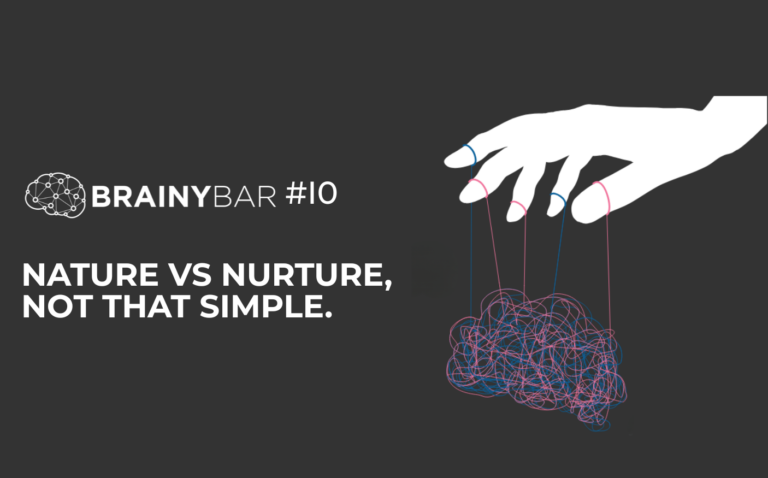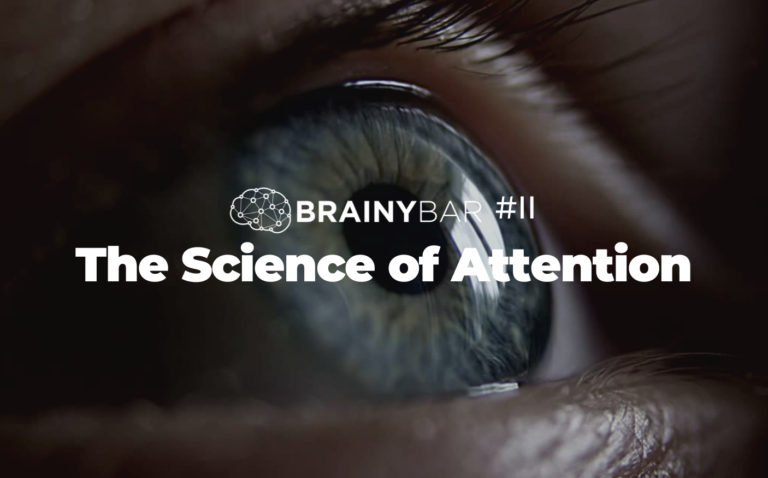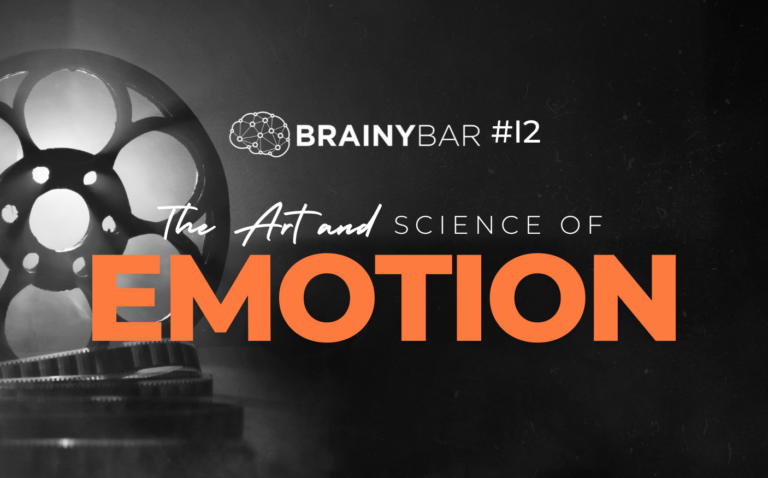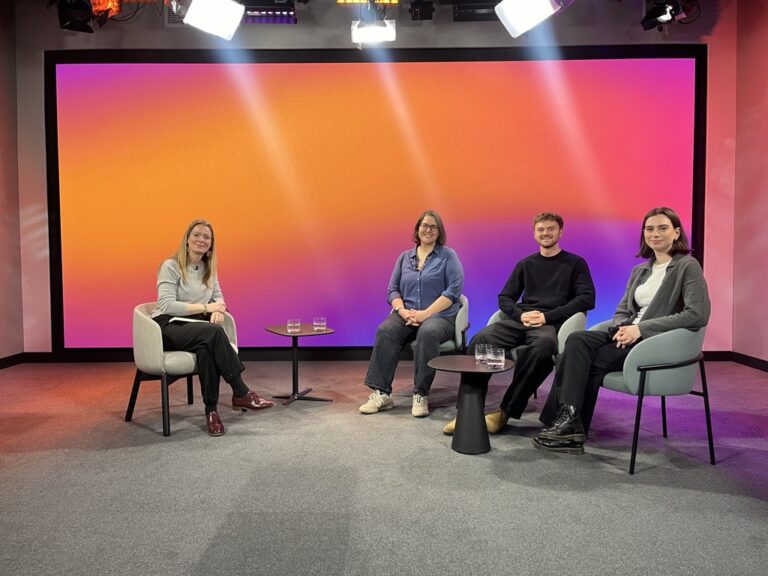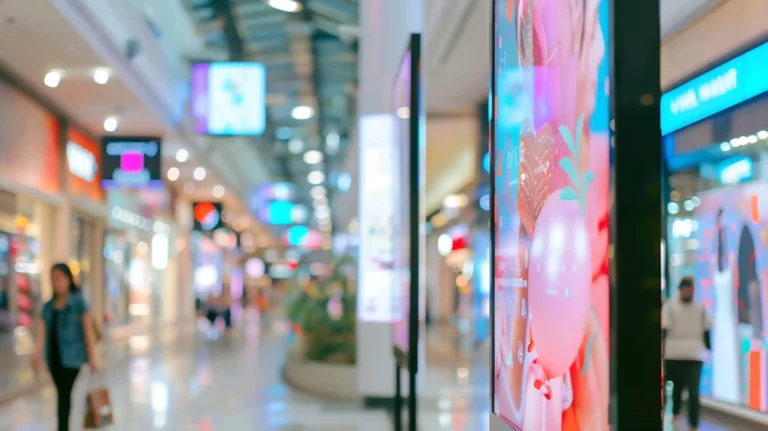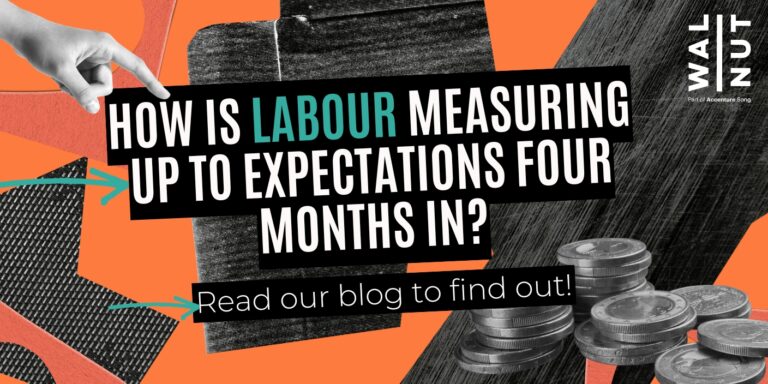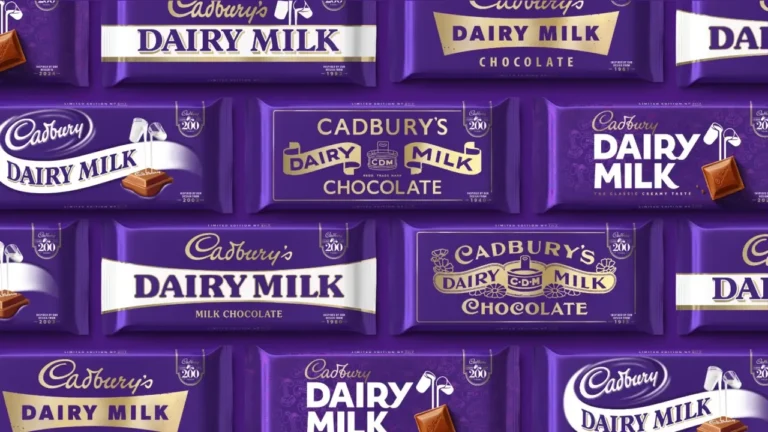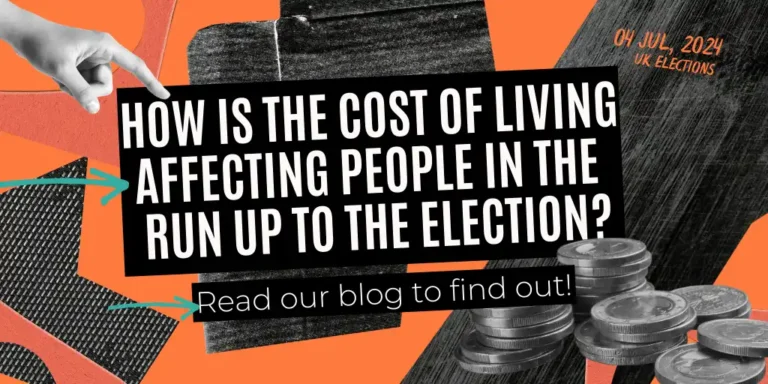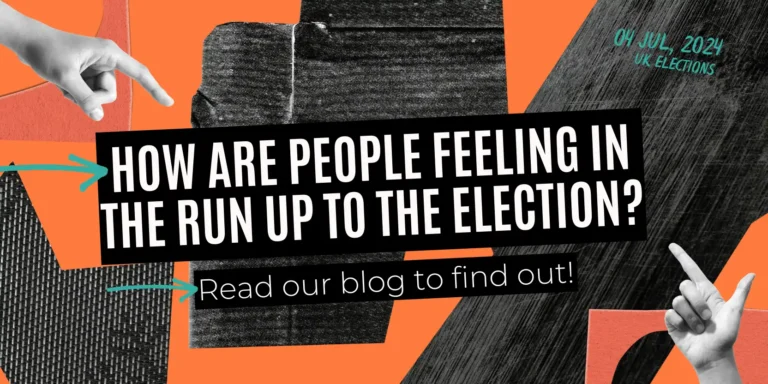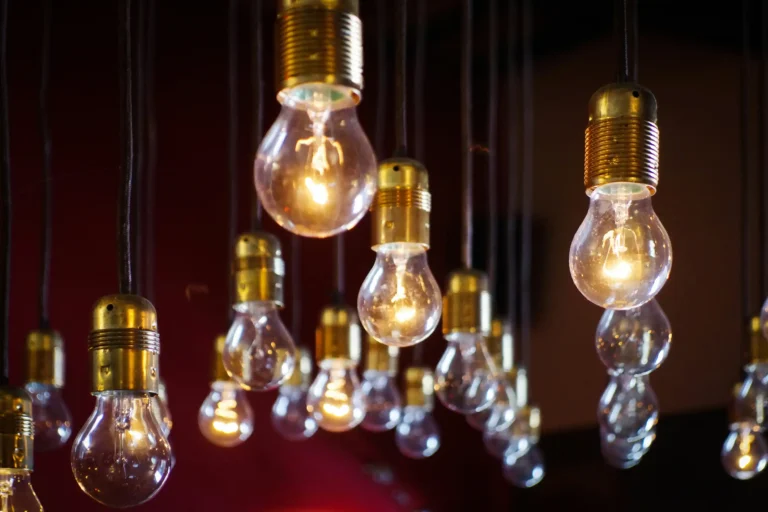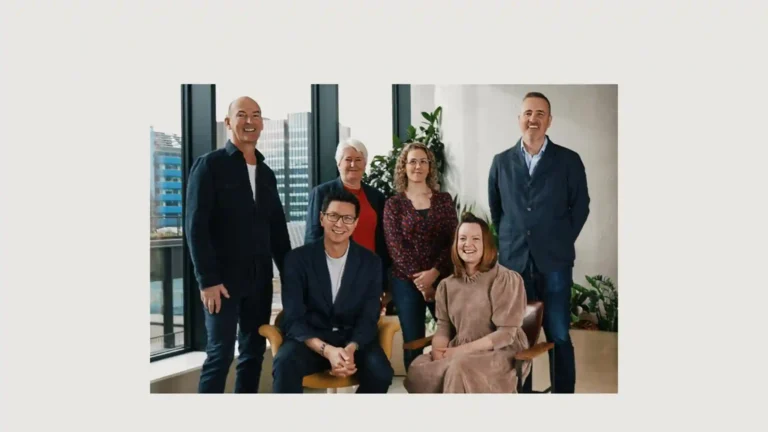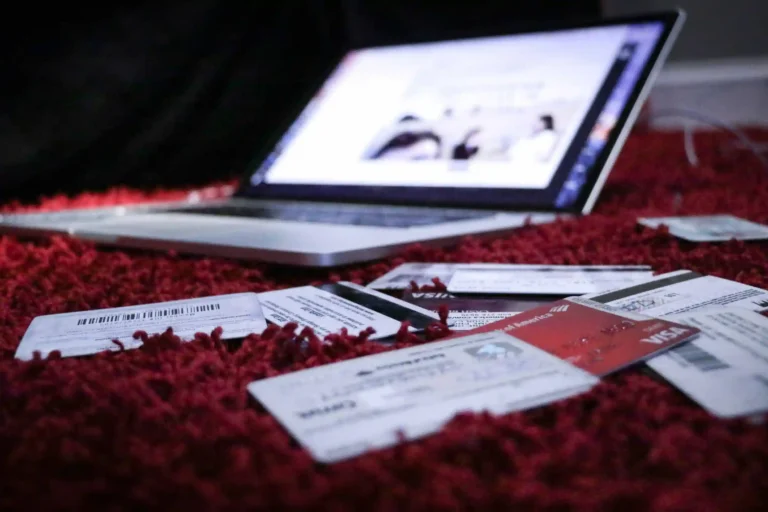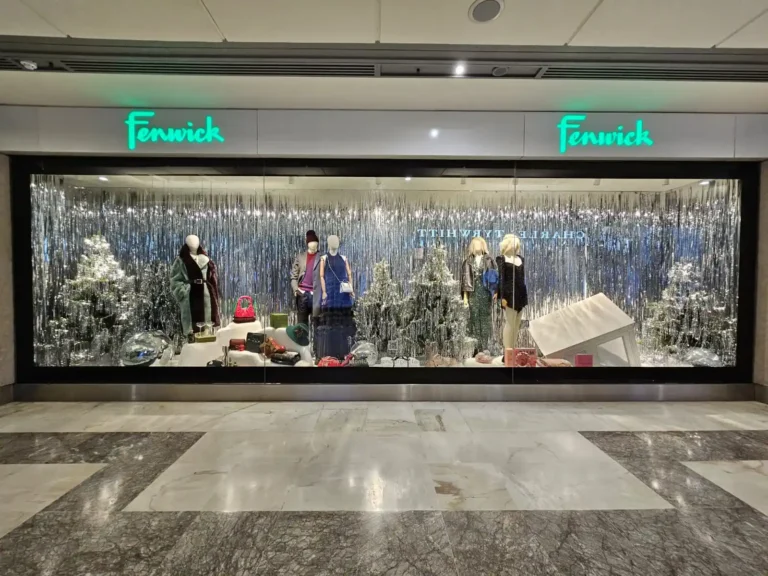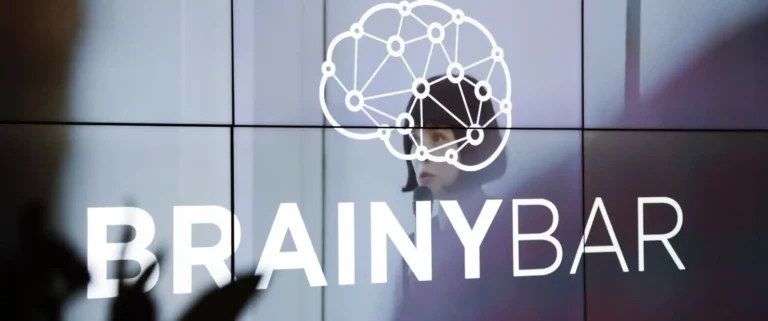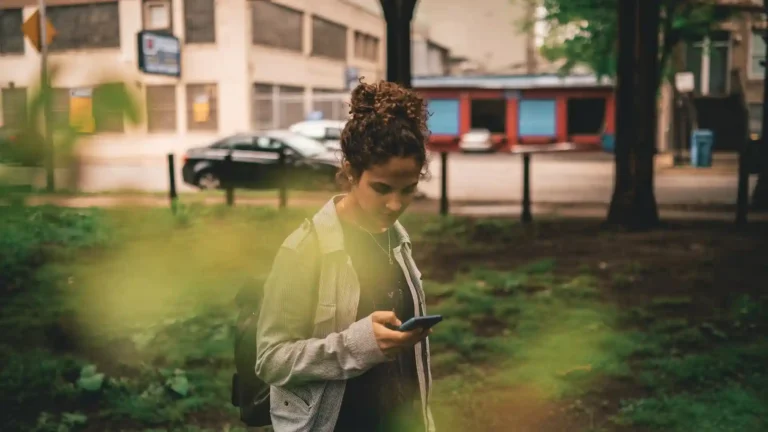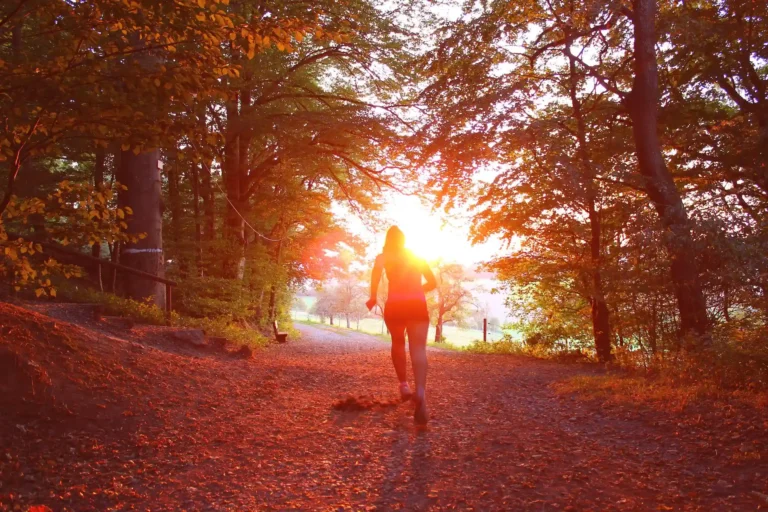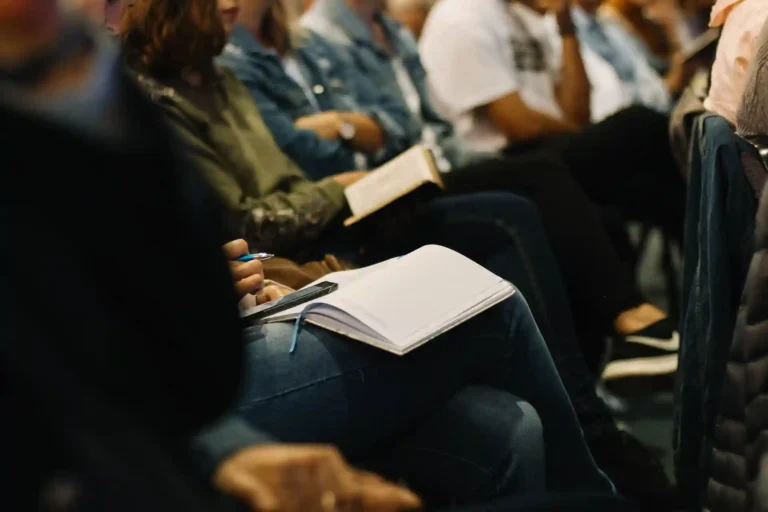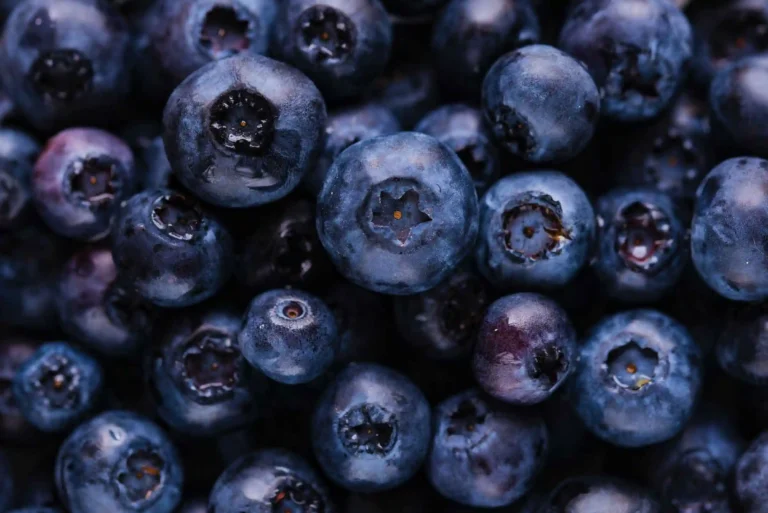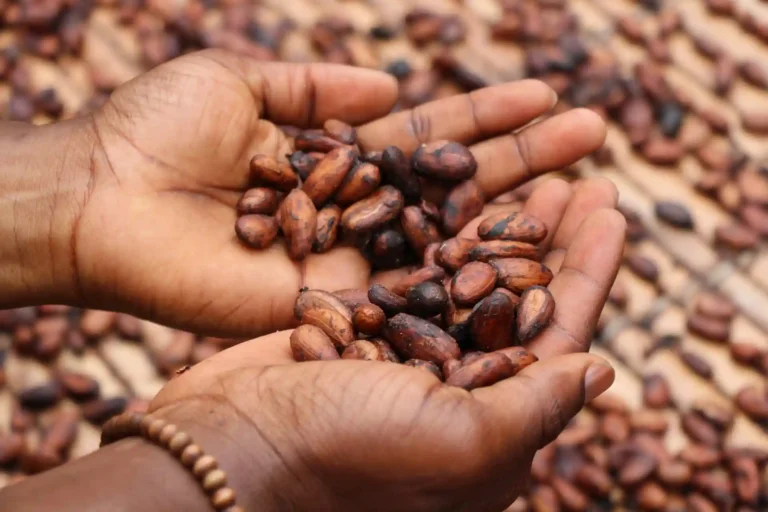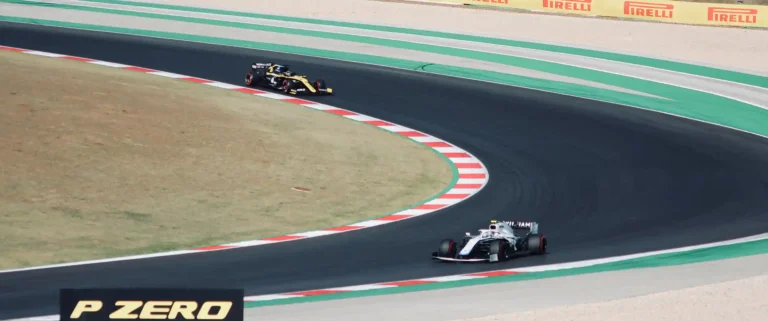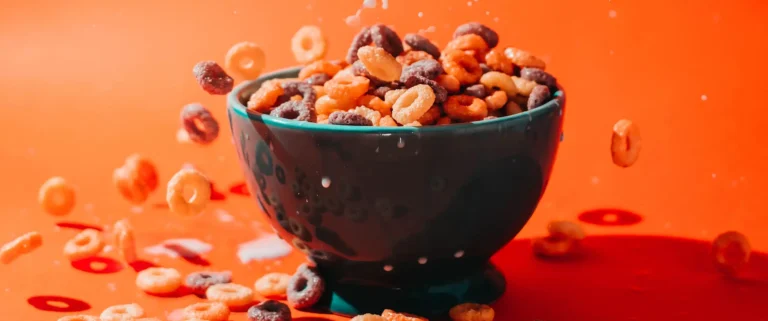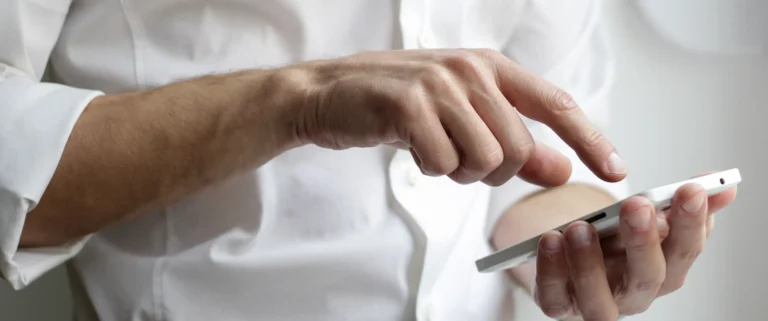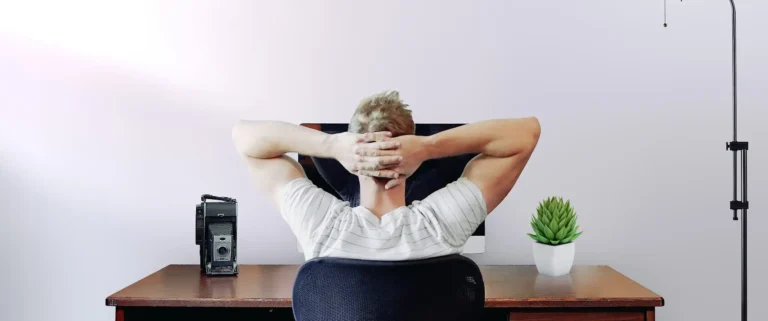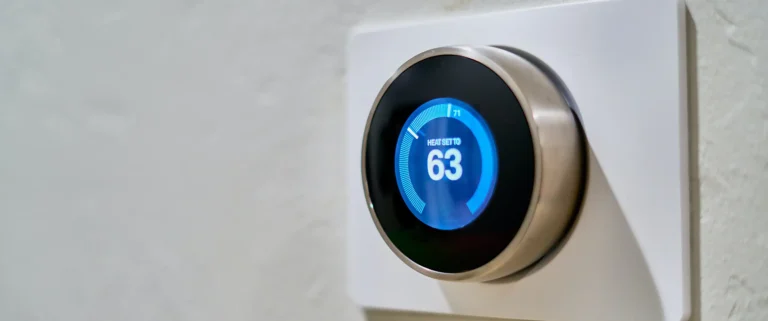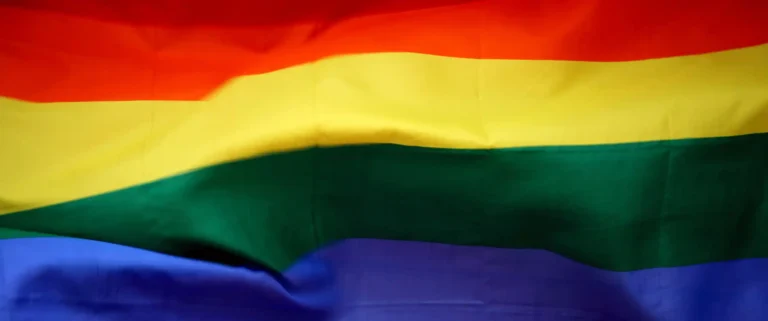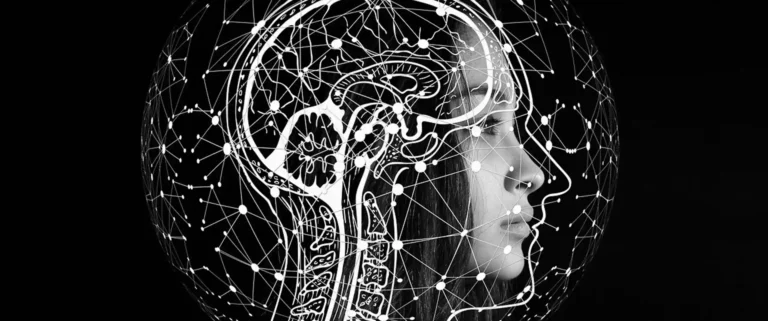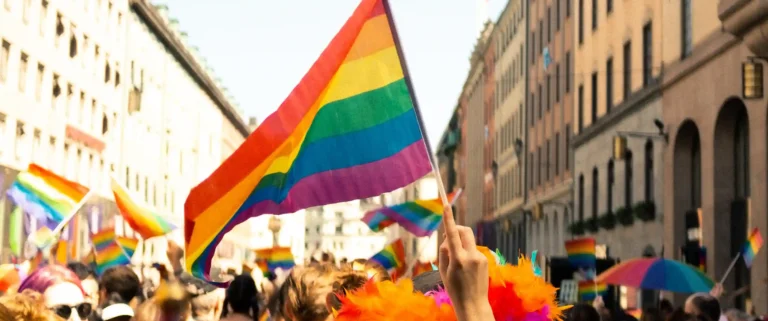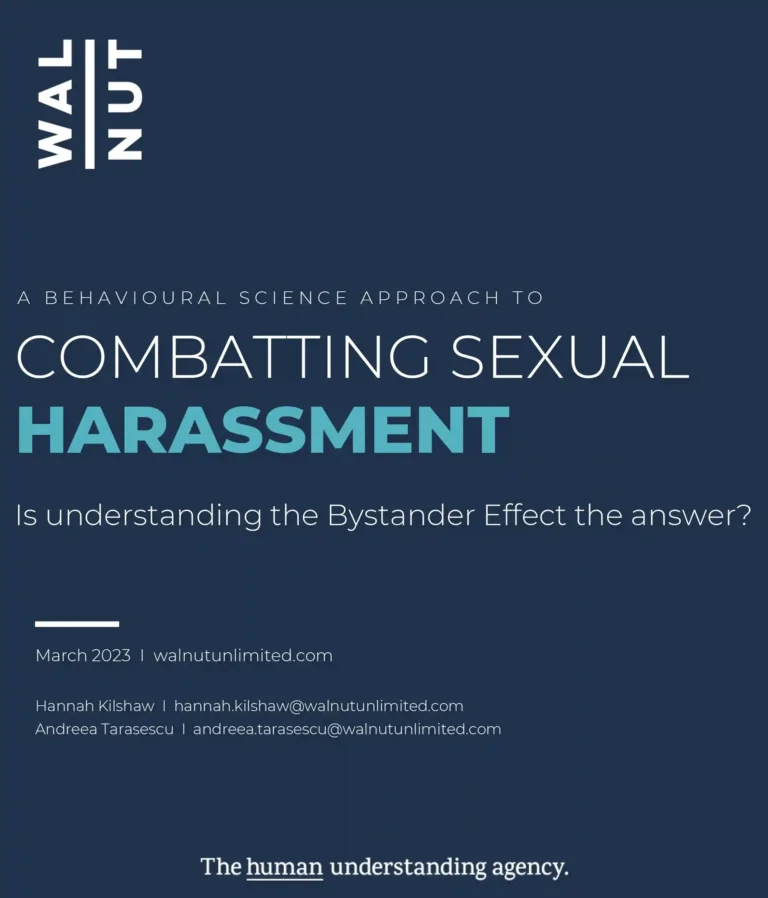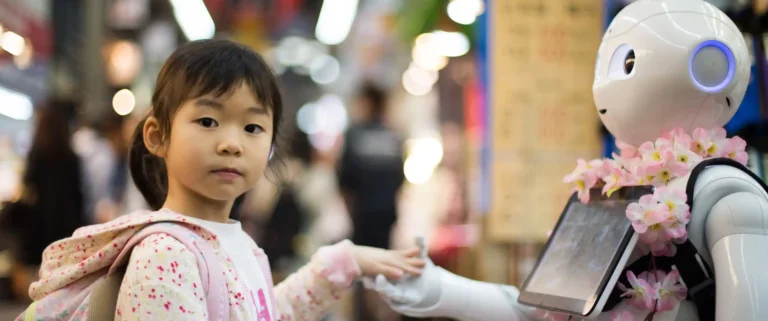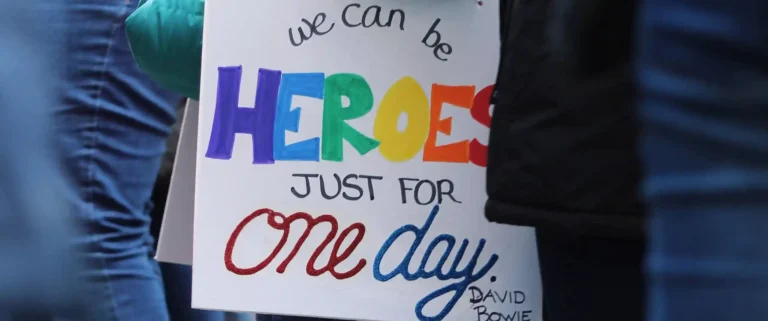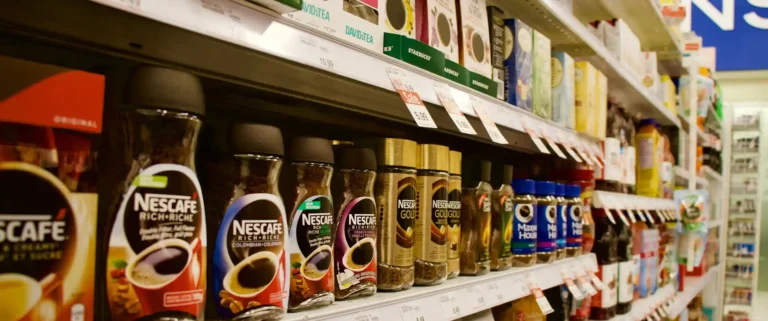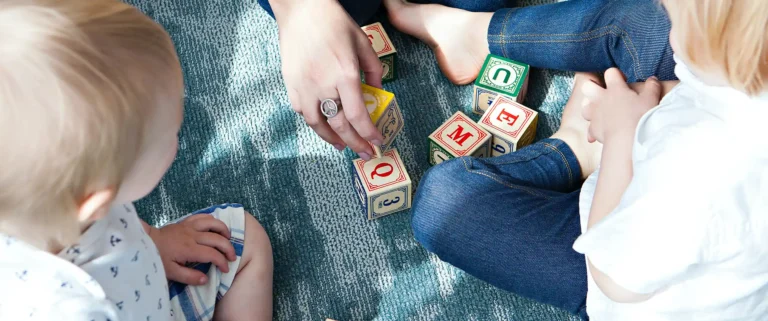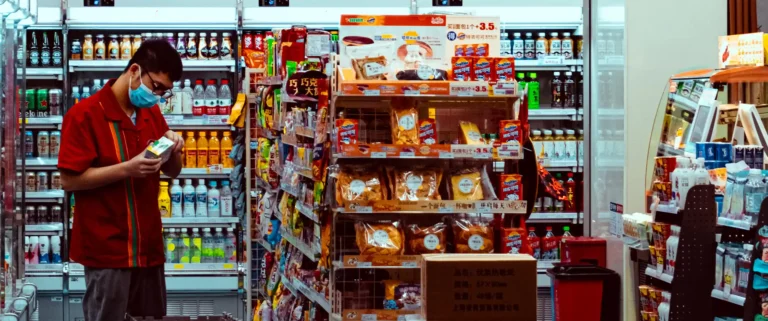The Art and Science of Emotion
18th July 2024
Kerryn Lloyd
So much has been written about emotion in both the academic and business spheres. In fact, the study of emotion goes back thousands of years, and yet, a definitive, all-encompassing definition has yet to materialise.
If the advertising world is currently going through a so-called “crisis of creativity’, the art and science of emotion is a timely theme. Triggering people’s emotions in advertising is crucial for effectiveness. Connecting with your audiences at a deeper, more emotive level creates cut-through, which in turn unlocks behavioural change. But what exactly is it about emotion?
Last week, we discussed this and more at Walnut and the Human Understanding Lab’s annual Brainy Bar event. Host and founder Dr Cristina de Balanzo gathered leading neuroscience and marketing minds to unearth how and why brands are built on emotion. Read on to get the lowdown.
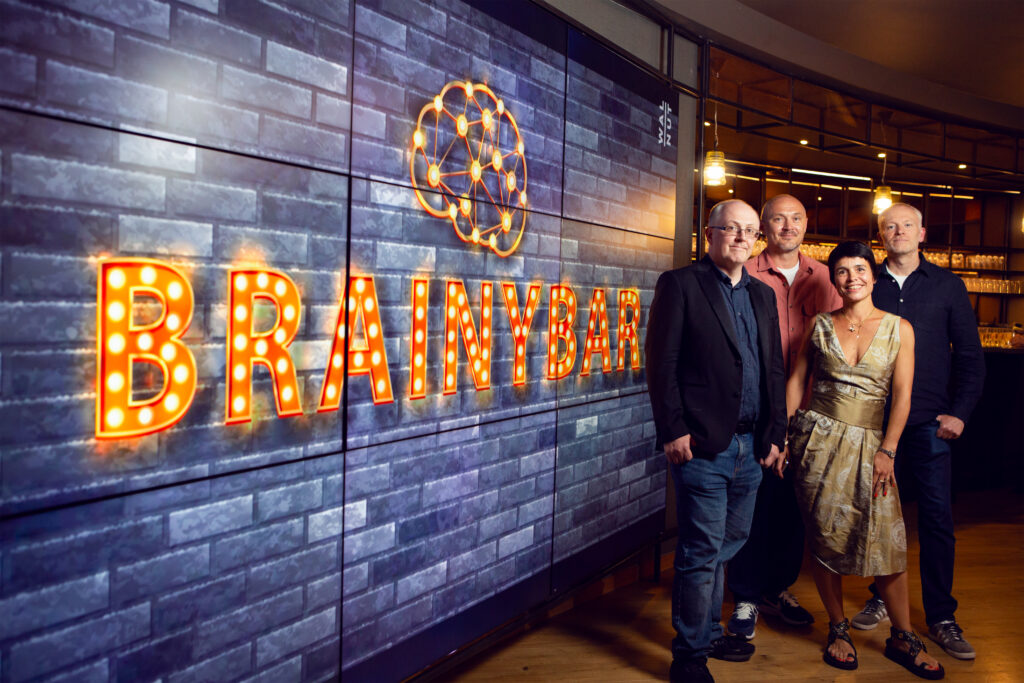
The many faces of emotion
First up we heard from Dr Dean Burnett, a neuroscientist and best-selling author who’s spent most of his adult life studying the ins and outs of emotion. Having existed firmly in the “overlap of science and creativity”, Dean took us on a journey to reveal the complexity of his research.
Although we may know a lot about them, there is nothing simple or easy-to-grasp about emotions. And therein lies the paradox for brands.
“If someone says to you they can easily measure, track, and control emotions, they are at best misled.”
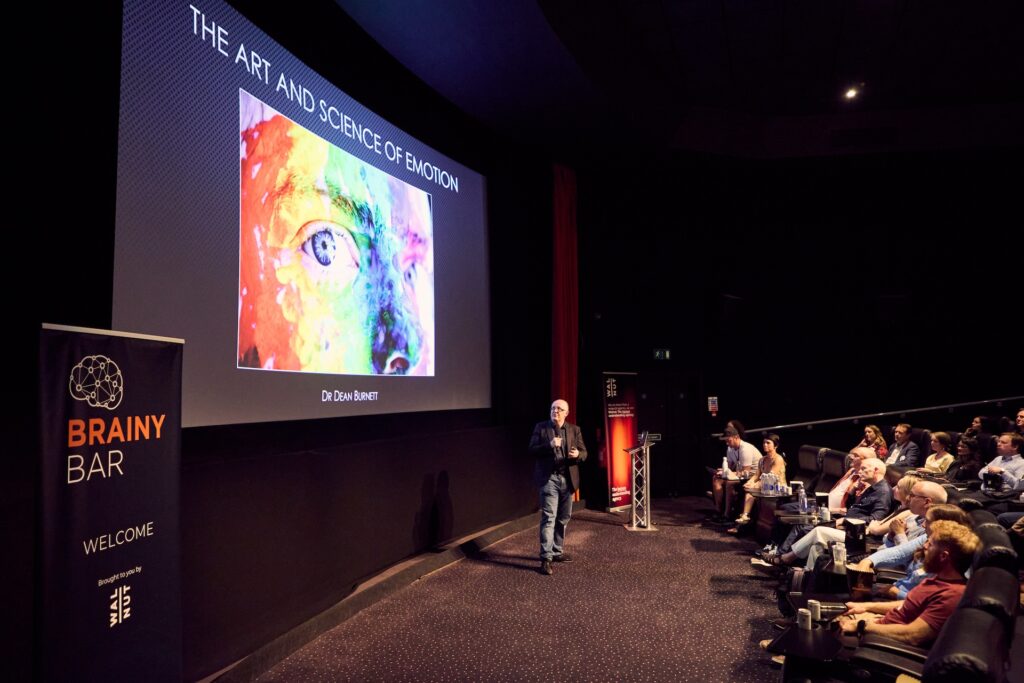
Despite the elusive nature, there is still so much that brands can learn and utilise from the art and science of emotion. Dean explored five key areas.
1. Physicality
Have you ever considered the language used to describe emotions? Expressions like “spine-tingling” or “green with envy” are part of our everyday vocabulary because emotions have a very strong physical component. Not only that, but we respond physically to emotions. The tears you cry when you are upset are chemically different to the tears you shed when chopping an onion.
Understanding how to elicit a visceral physical sensation is a lot more powerful for brands than a purely cognitive reaction.
2. The senses
All our senses are closely linked to emotion. For example, smell is very privileged when it comes to emotional interactions in the brain. As the first sense to evolve, smell, memory, and emotion are all interwoven. This means that if a brand can stimulate your sense of smell, it will evoke a strong emotional response and build a deeper connection.
3. Memory
Our memory system relies on emotion rather than on rational thought. The brain is frugal with what it retains, and it doesn’t tend to pay as much attention to information lacking in emotional resonance. The fading affect bias tells us that the brain has an underlying threat detection system, so while negative memories are more immediately latched on to, positive memories will last longer.
Tapping into one or the other, brands have a call to make on whether they want to capture immediate attention or aim for longevity with memorability.
4. Motivation
The emotions we experience have a marked impact on motivation. We have two fundamental baseline emotion systems in the brain: approach or avoid. Different feelings will dial up one side of this equation more. The challenge for brands is to zero in on the emotions that call out to audiences and encourage them to approach rather than avoid.
5. Cognition
Often treated as separate entities, cognition and emotion are actually like two strands of DNA woven together, constantly impacting each other. Most of our day-to-day decision-making is influenced by emotions. In short, emotions are the bedrock of cognition and rational thought is only possible because of them. So, brands getting audiences to feel is equally, if not more, important than getting them to think.
Science vs creativity: the gloves are off
Next on the agenda, we saw an evenly matched battle between science and creativity, waged by TMW’s CSO Dan Bowers and CCO Graeme Noble.
Having established that brands are built on emotions and on expectations driven by memories, Dan and Graeme wanted to get to the bottom of the real driving force behind powerful advertising: evidence-based scientific techniques, or raw, off-the-cuff creativity?
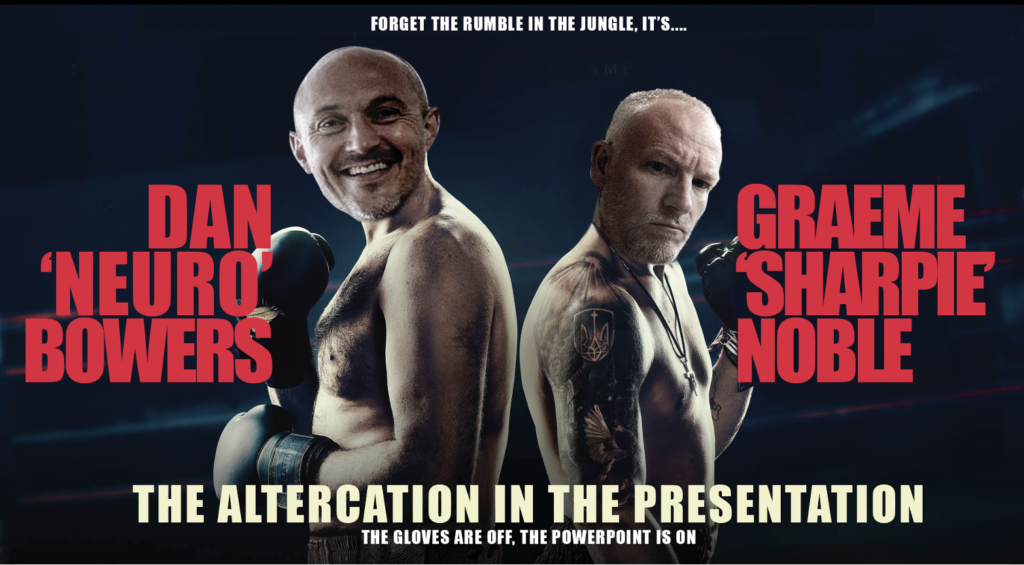
Advertising is creativity with a commercial agenda. But it’s never been harder to sell. We are exposed to more and more brand messages, and a lot of these (89% to be exact) fall at the very first hurdle, they’re not even worthy of attention.
We know that 90% of our decisions are emotionally driven. Doesn’t it make sense, therefore, that by understanding the science of emotion, we can deliver better creativity? Or should creativity be totally unpredictable? Should it be about breaking the rules rather than following formulas?
Dan and Graeme showed us a third, better way. Using some of their most successful campaigns as an example, they opened our eyes to the perfect blend, showing us the power of “scientivity”. See for yourself:
Driving unexpected creativity for Aviva
TMW’s brief for Aviva called for an engaging and innovative way to boost car insurance renewals. The team found that while insurance ads tend to focus on the point of crisis, just relying on this can limit your impact as a brand, continually associating you with negativity.
While negativity is attention-catching, we know from neuroscience that our brains remember positive messages and brands more strongly. So TMW flipped the problem. Forgetting the point of crisis, the campaign wanted to #EmbraceTheUnexpected, instead focusing on celebrating the nice, unexpected aspects of driving. How did they get there? A perfect blend of science and creativity.
Introducing the future of TV for Freely
Freely turned to TMW to launch their new TV service. Getting under the skin of the brief, the team found a myriad potential messages to convey. Faced with an awareness that the more messages you try to communicate, the less likely you are to land even one, they had their work cut out for them. To reduce the cognitive load, they landed on one killer USP: all you need to use Freely is a WIFI connection.
Queue the creative leap of faith that ensured the work would truly connect. The result? A launch ad hitting up all the random, unexpected spots you can now watch TV – fancy an episode of the Great British Bake-off in the back of a black cab anyone? But a lot more than a creative bolt from the blue was involved here. Namely, the incongruity theory. This tells us that humans are primed to pay disproportionate attention to things that don’t naturally go together. And what’s more incongruous than a massive TV in the back of a taxi?
If 90% of a great answer lies in a really good question, science is what helps marketers define the questions that give more freedom to the creative solution. In short, Dan and Graeme’s “scientivity” might just be the future.
So, where does that leave brands?
Dr Cristina de Balanzo closed out the night with a wholehearted endorsement of “scientivity”. If they’re not already, this is the new paradigm that brands should be working in to better reach and engage their audiences.
Emotions, motivations, and context are key to better human understanding. While this all may seem straightforward enough on paper, we can’t forget that emotions are complex.
“Emotions are a vital part of everything we are, and everything we do. They’ve shaped us, they guide us, they influence us, they motivate us, and yes, they confuse us.”
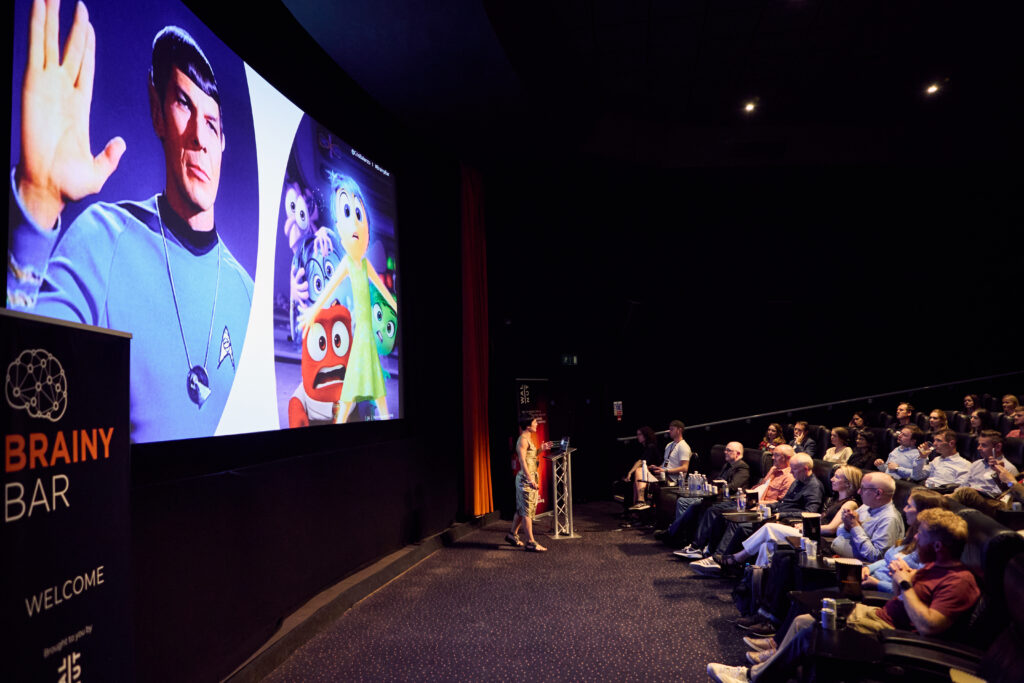
What’s the best way forward? Seeking a helping hand from the experts is a great start. The intersect of emotion, science, and creativity is what UNLIMITED’s Human Understanding Lab and Walnut specialise in.
So why wait – get in touch with Cristina if you have a challenge for us.
NEWSLETTER
Sign up for the latest treats straight to your inbox


